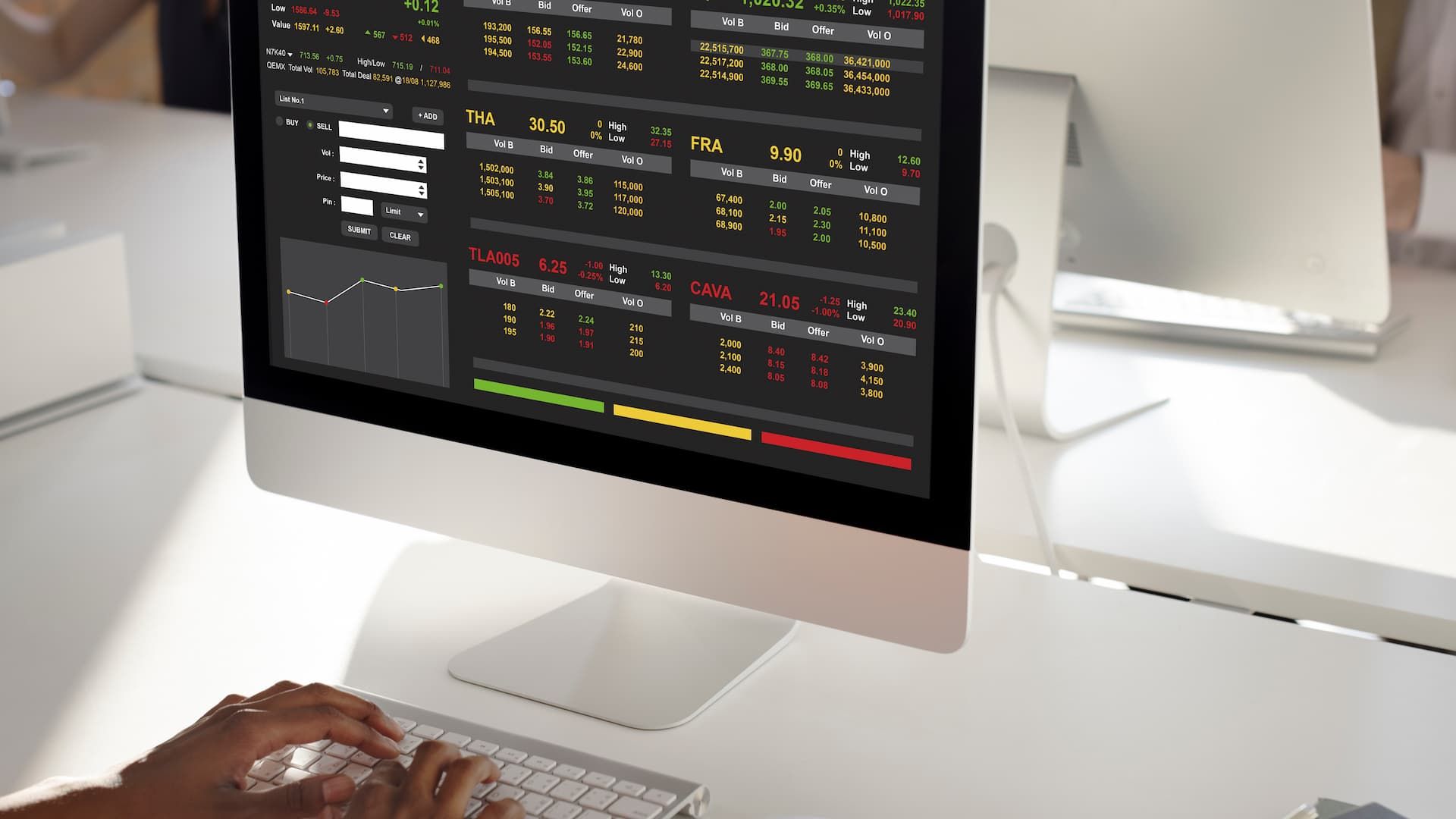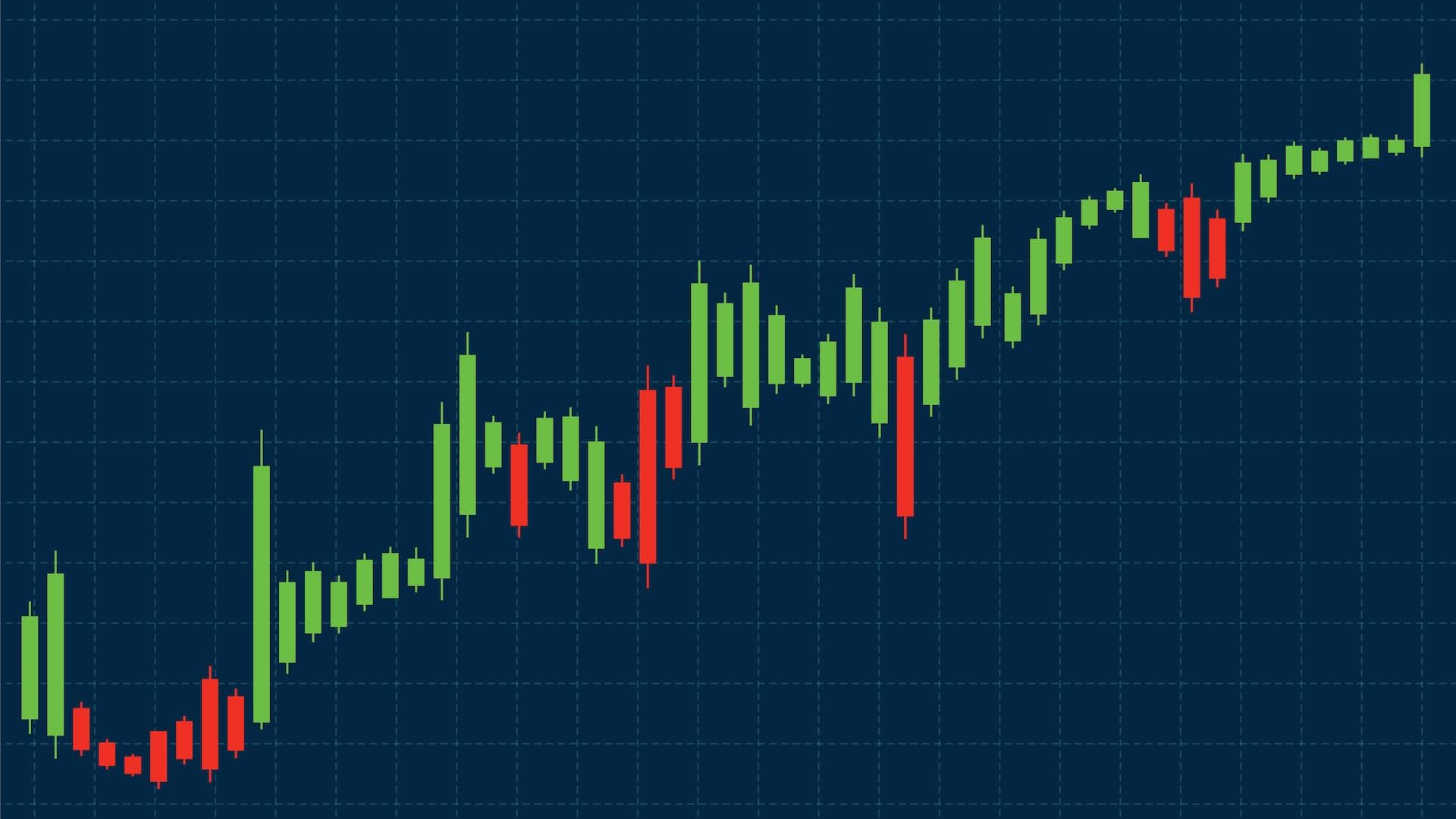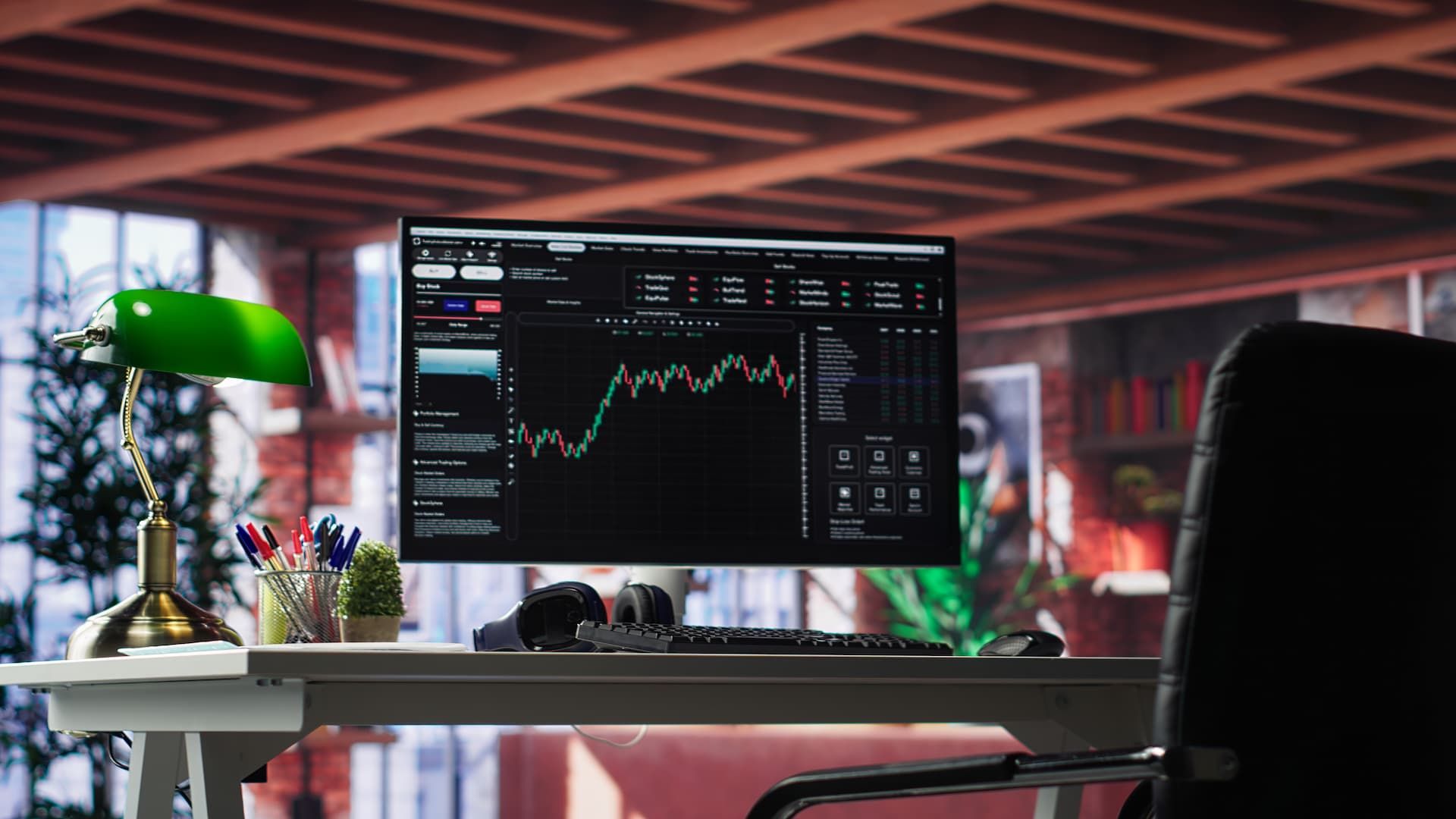Trading today demands more than just spotting simple chart patterns. Modern traders look for tools that help them understand cycles, emotions, and market movements across timeframes. Indicators like Ichimoku, Fibonacci, and Elliott Waves are not only part of technical analysis but also key methods for predicting shifts in financial markets. With them, traders can transform raw price data into actionable strategies.
Advanced Indicators Explained in Modern Trading
Tools like Ichimoku, Fibonacci, and Elliott Waves go beyond simple charts, providing deeper insight into market movements. These indicators are part of technical analysis, helping to read sentiment and cycles. They allow traders to anticipate shifts before they happen and adapt strategies accordingly.
Why Traders Use Technical Indicators
Traders use indicators to reduce guesswork and make decisions based on patterns. They clarify potential price movements and highlight turning points that may not be obvious at first glance. Even tracking market prices with the right toolset can reveal important opportunities. For professionals, this consistency becomes a foundation for long-term growth.
Market Predictions with Advanced Tools
Advanced indicators, including elliott wave analysis, give traders frameworks for projecting future moves. These tools align with the primary trend to improve accuracy in forecasts. They don’t guarantee profits but increase the chances of being on the right side of the trade. Used together, they provide context that raw numbers can’t.
Elliott Wave Analysis Basics
Elliott Wave theory remains one of the most influential approaches in technical analysis. By breaking down price action into repeated phases, it helps traders see the rhythm behind market trends. The idea is that cycles of optimism and pessimism drive collective behavior, and that behavior can be measured. This is where elliott wave principle connects psychology with price.
What Are Elliott Waves?
The concept of elliott waves, introduced by ralph nelson elliott, explains how prices move in repetitive patterns. Traders use these cycles to anticipate potential turning points in financial markets. Each sequence reflects collective behavior, from impulsive buying to corrective selling. For this reason, Elliott Waves remain central to elliott wave analysis.
Wave Structure in Market Trends
Each cycle has a clear wave structure, typically composed of five advancing moves and three corrections. This breakdown makes it easier to recognize where the market stands within a broader cycle. Traders apply this knowledge to align trades with market trends. Understanding structure is often the first step before entering.
Impulse Waves vs. Corrective Waves
Impulse waves drive strong expansions, while corrective waves slow things down with pullbacks. Together, these impulse and corrective waves form the heartbeat of price cycles. Their interaction explains why price movements never flow in a straight line. Spotting them helps traders prepare for both rallies and pauses.
Motive Waves in Price Action
Motive phases usually include wave 1 and the powerful third wave, where momentum is often strongest. Traders watch these carefully since they can trigger the largest price movements. Recognizing them early means capturing big parts of the primary trend. This is what makes wave counting an important skill in practice.
Impulse and Corrective Waves in Detail
Understanding how impulse waves and corrective phase cycles interact is crucial in market analysis. The classic Elliott Wave model breaks down five waves in the trend’s same direction, followed by three against it. This structure reflects collective market behavior and investor psychology. Traders use it as one of the most practical technical analysis tools.
Elliott Wave Rules Every Trader Should Know
There are strict Elliott wave rules that keep analysis consistent. For example, Wave 2 never retraces more than 100% of Wave 1, and Wave 3 cannot be the shortest. These guidelines ensure that wave counting stays reliable. Following rules also helps spot where a dominant trend may be building.
Wave Counting for Accuracy
Accurate wave counting is essential to predicting market movements. Traders must check each impulse and wave b or wave c for alignment with the overall cycle. Clear labeling prevents errors in spotting entry and exit zones. When done correctly, it improves any trading strategy.
Common Mistakes in Elliott Wave Analysis
One frequent mistake is forcing counts that don’t fit the elliott wave theory offers. Misidentifying corrective waves often leads to poor timing of trading strategies. Another issue is ignoring the third wave, which usually carries the strongest momentum. Correct practice focuses on structure rather than trying to predict the market perfectly.
Using Fibonacci with Elliott Waves
The fibonacci sequence plays a central role in connecting retracements with wave cycles. In financial markets, traders use Fibonacci to measure corrections inside impulse and corrective waves. These measurements highlight potential reversal points. Adding Fibonacci brings precision to technical indicators already in use.
Key Fibonacci Ratios in Trading
The most useful fibonacci ratios are 38.2%, 50%, and 61.8%. Traders apply them to recent price movements to find likely retracement zones. These levels act as checkpoints within Elliott Waves. When aligned with a dominant trend, ratios highlight areas where price is likely to react.
Fibonacci Retracement Levels
Retracements help traders see where the current price might pause or reverse. When a corrective phase unfolds, Fibonacci levels point to possible buy or sell zones. They are not exact, but they narrow down key levels. Combined with technical indicators, retracements improve decision-making.
Combining Elliott Wave Analysis with Fibonacci
Pairing Elliott wave analysis with Fibonacci gives traders deeper insight into cycles. It allows them to predict future market movements with more confidence. Fibonacci adds mathematical precision, while waves provide context of market trends. Together, they form a stronger toolkit for analyzing financial markets.
Ichimoku Indicator Essentials
The Ichimoku Cloud is one of the most complete technical analysis tools, combining trend, momentum, and support/resistance into a single view. It’s widely used in the forex market but also applies to stocks and crypto. By offering multiple signals at once, it saves traders from juggling too many separate charts. Its goal is to clarify the prevailing trend and future outlook.
Components of the Ichimoku Cloud
The cloud, or Kumo, represents zones of balance between buyers and sellers. When price is above the cloud, it shows a bullish trend, while below it often signals weakness. Lines like Tenkan-sen and Kijun-sen act as dynamic support and resistance. Together, these layers reflect market dynamics and future probabilities.
Ichimoku vs. Other Technical Indicators
Unlike moving averages or single-signal setups, Ichimoku merges many insights into one chart. While other technical analysis tools may highlight a single factor, Ichimoku combines trend, momentum, and potential reversal signals. It helps avoid tunnel vision in wave analysis or Fibonacci-only methods. Traders often use it alongside corrective patterns or Elliott Waves for stronger confirmation.
How Ichimoku Shapes Market Predictions
The Ichimoku system is powerful for market predictions, especially when combined with key Fibonacci ratios. Traders use it to anticipate whether price will continue in the same direction or turn. Cloud thickness often shows potential investor sentiment and strength of momentum. This makes Ichimoku a valuable complement to wave and ratio-based systems.
Entry and Exit Points with Advanced Indicators
Finding reliable entry and exit points is the main challenge for traders. By combining Elliott Waves, Fibonacci, and Ichimoku, the chances of catching strong impulsive wave setups increase. These methods refine positioning and help filter noise in market predictions. The synergy across tools provides more consistent results.
Identifying Trade Opportunities with Wave Counting
Proper wave counting helps locate high-probability trades within Elliott’s framework. A five wave impulse usually marks strong trending moves, while three waves suggest consolidation. Spotting a confirmed wave 3 can give traders an edge, as it’s often the longest. Accurate counts prevent mistaking a counter trend for the real dominant trend.
Entry and Exit Points Using Fibonacci Retracement
Fibonacci retracements are key for timing both entry and exit points. Ratios applied to a corrective patterns phase can show where price is likely to reverse. Traders often look for alignment with wave relationships to gain more confidence. This mix helps balance aggressive trades with a safety net of confirmation.
Ichimoku Signals for Entry and Exit
Ichimoku provides clear entry signals when price breaks through the cloud with strong momentum. Exits often align with a shift in motive and corrective character or crossing of lines inside the indicator. Traders use it to avoid premature moves and confirm when to automatically close a position. Combined with Elliott and Fibonacci, it sharpens decisions in both impulsive wave and correction phases.
Advanced Applications of Elliott Waves
Elliott’s approach goes deeper than basic patterns. By studying sub waves and wave degrees, traders refine their timing. This level of detail helps market participants spot reversals early. The key is blending wave analysis with other technical indicators.
Applying Elliott Wave Rules in Live Markets
In practice, elliott's model follows strict rules, such as respecting the boundaries of a first wave or fifth wave. Traders use these rules to validate counts and avoid mistakes. Live trading requires adjusting when market psychology shifts quickly. Still, rules provide structure in chaotic price action.
Integrating Impulse and Corrective Waves for Strategy
A complete cycle combines three impulse waves with a three wave correction. This balance creates the foundation for advanced strategies. Understanding b and c legs in a correction prevents misreading setups. Together, they form a reliable system for market predictions.
H3: Using Motive Waves to Confirm Market Trends
Motive phases highlight momentum and help confirm the prevailing trend. A three wave pattern in the opposite direction usually signals correction, not reversal. Spotting a strong wave 3 within motive action gives high-confidence opportunities. These setups align well with a broader bullish trend or countertrend phases.
Risk and Reliability of Advanced Indicators
No tool is perfect, and even Elliott Waves have limits. Patterns can vary and overlap, causing confusion among traders. For this reason, waves should be confirmed with other technical analysis tools. This helps manage uncertainty in market dynamics.
The Limits of Technical Indicators
Indicators depend on history and cannot account for sudden shocks. A forex market reaction to news, for instance, can break a wave setup. That’s why flexibility is key, even when analysis seems strong. Traders must accept that indicators highlight probabilities, not certainties.
Balancing Market Predictions with Risk Control
Using advanced tools without risk management is risky. While indicators offer insights into future market movements, they should not replace stop-loss or capital rules. Aligning predictions with a trading strategy ensures discipline. This balance reduces the dangers of relying solely on forecasts.
Bringing It All Together
Blending Elliott Waves, Ichimoku, and Fibonacci creates a full system. Each tool covers weaknesses of the others. Waves show structure, Ichimoku highlights strength, and Fibonacci adds precision. Together, they improve decisions in complex financial markets.
Practical Examples with Ichimoku and Fibonacci
An Ichimoku cloud break confirmed by a Fibonacci retracement often gives strong signals. Traders use this mix to refine entry and exit points. For example, Fibonacci identifies retracement zones while Ichimoku shows investor sentiment. This combination cuts false signals.
Building Strategies from Elliott Wave Analysis
With practice, traders learn to combine five wave impulse structures with corrections. Elliott’s approach reveals distinct waves that fit into a dominant trend. Spotting a wave b or wave c helps anticipate turning points. This creates strategies that adapt to both trending markets and ranges.
How Advanced Indicators Support Consistent Trading
Advanced indicators transform raw price action into structured insight. They turn chaotic data into actionable rules, shaped by trading psychology and crowd behavior. By combining signals, traders lock in profits and reduce noise. Over time, this consistency builds confidence and performance.












